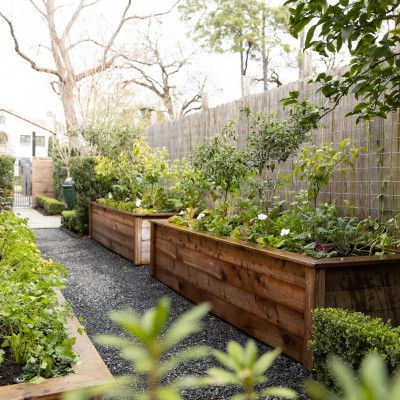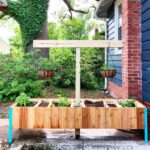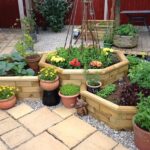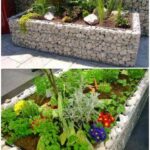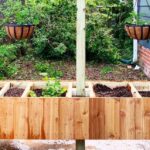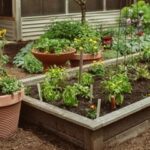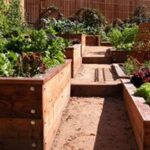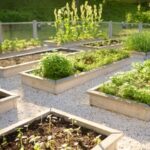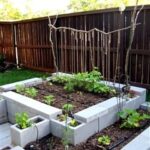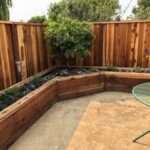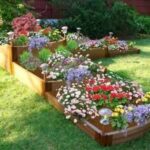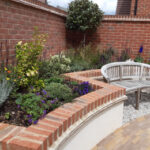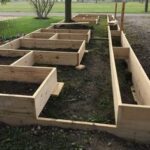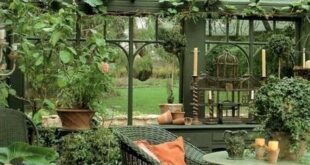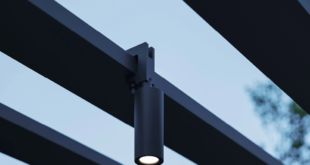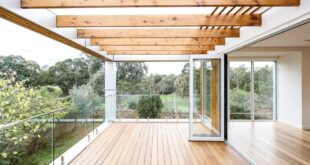Raised garden beds are a popular choice for both novice and experienced gardeners alike. They offer a variety of benefits, including improved soil drainage, better pest control, and easier access for planting, weeding, and harvesting. However, designing a raised garden bed requires careful thought and planning to ensure its success. Here are some thoughtful design tips to help you create a beautiful and functional raised garden bed:
1. Consider the location: Before building your raised garden bed, carefully consider its location in your yard. Choose a spot that receives plenty of sunlight, as most plants require at least 6-8 hours of direct sunlight per day. Make sure the location is easily accessible for watering and tending to your plants, and avoid areas with poor drainage or high winds.
2. Choose the right materials: Raised garden beds can be constructed from a variety of materials, including wood, metal, and concrete. Wood is a popular choice because it is affordable, easy to work with, and provides good insulation for plant roots. However, be sure to choose rot-resistant wood such as cedar or redwood to ensure your raised garden bed lasts for years to come.
3. Consider the size and shape: When designing your raised garden bed, consider the size and shape that will work best for your space and gardening needs. A raised garden bed that is too small may limit the types and amount of plants you can grow, while one that is too large may be difficult to maintain. A rectangular shape is most common, but don’t be afraid to get creative with other shapes like L-shapes or U-shapes to maximize your growing space.
4. Add pathways and access points: To make it easier to tend to your raised garden bed, consider adding pathways and access points for easy navigation. This could be a designated area for walking around the bed or incorporating stepping stones or gravel pathways. Access points can also be incorporated for reaching plants in the center of the bed without having to step onto the soil.
5. Consider vertical gardening: To maximize your growing space, consider incorporating vertical gardening elements into your raised garden bed design. This could include trellises, arbors, or hanging planters to allow vines, flowers, and vegetables to grow upwards. Vertical gardening can also help to create visual interest and save space in your raised garden bed.
6. Plan for irrigation and drainage: Proper irrigation and drainage are crucial for the success of your raised garden bed. Consider adding a drip irrigation system or soaker hoses to ensure your plants receive consistent watering. Additionally, be sure to incorporate adequate drainage holes in the bottom of your raised garden bed to prevent waterlogging and root rot.
By following these thoughtful design tips for raised garden beds, you can create a beautiful and functional space to grow a variety of plants and vegetables. With careful planning and attention to detail, your raised garden bed is sure to be a focal point in your yard and a bountiful source of fresh produce for years to come.
